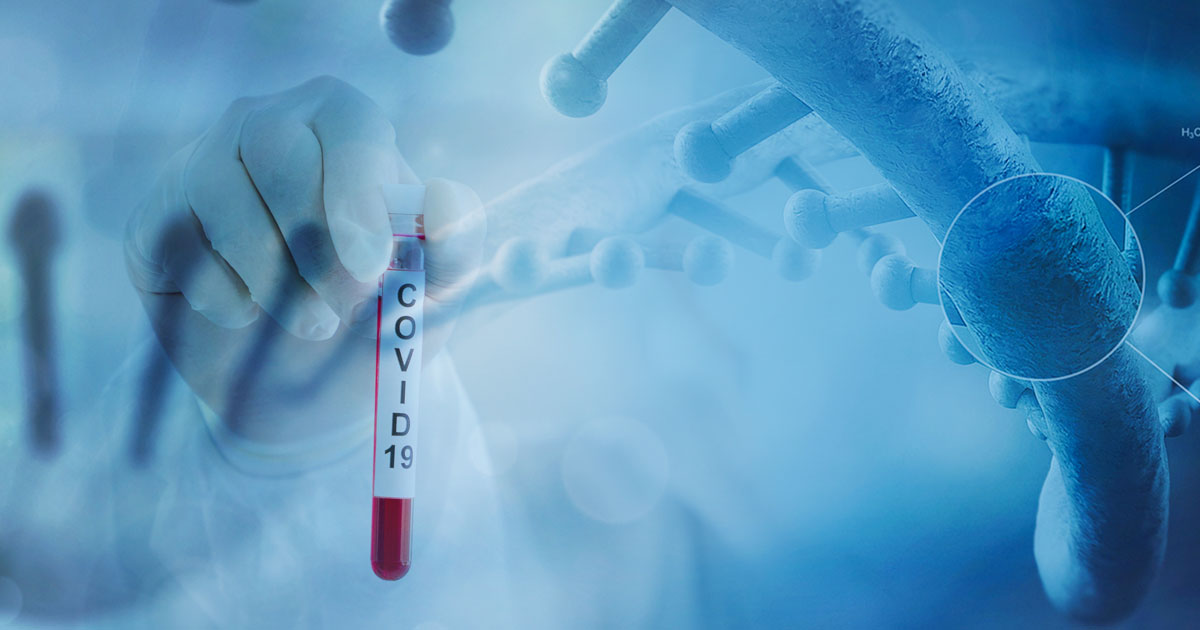'Flood of new data' may hold answers to COVID-19 virology

While more questions than answers remain about the virology of COVID-19, clinicians and researchers have begun to make headway in understanding this complicated virus, according to data presented at the virtual ACR State-of-the-Art Clinical Symposium.
Mehrdad Matloubian, MD, PhD, a rheumatologist at the University of California, San Francisco, discussed how COVID-19 “causes severe and often fatal disease and what current treatment options are for our patients on immunosuppressive therapy.”
Matloubian raised a number of key questions currently undergoing investigation and addressed where clinicians and researchers stand in finding answers to them. “What makes the novel zoonotic coronavirus infections more severe than other respiratory pathogens, such as influenza?” he asked. “Why is COVID-19 so severe in some people and asymptomatic in others and what is the role of the immune response in the outcome?”
The other questions pertain to the role of antiviral and cytokine-based therapies to manage the most severe patients; whether infection confers long-lasting immunity; and whether vaccination can prevent infection.

The good news for many of these questions is that there has been “a flood of new data,” with some 5,000 peer-reviewed publications since January. “We have learned that both viral properties and the immune system are playing a role in the severity and outcome of the disease,” Matloubian said.
Regarding the first question, evasion of innate immune responses might give the virus time to replicate rapidly, according to Matloubian. “This coronavirus has a large genome that is three times bigger than the influenza virus,” he said. “In addition to carrying typical genes with packaging and replication, it also has other packages to interfere with interferon function, which may allow it to spread faster.”
The host response appears to be based on the production of type 1 interferons as antiviral cytokines. Then, around 7 to 10 days after disease acquisition, T cell responses are initiated. “At this point, patients either start to get better or they get worse,” he said.
As to why the infection is asymptomatic in some patients and fatal in others, Matloubian offered some insight. “It might depend on [an] individual’s genetic factors, magnitude and type of immune response,” he said.
This information is relevant to the efficacy of potential antiviral medications. Matloubian suggested that antiviral medications like remdesivir (Gilead Sciences) have shown efficacy if initiated around 12 hours after infection, but patients rarely become symptomatic this early in the disease course. Patients in clinical trials treated with this drug 10 or more days after infection experienced no benefit. “The timing of antivirals is important,” he said.
Looking at the broader array of treatments, interleukin (IL)-1 and IL-6-based therapies may have some efficacy in the most severe patients who experience cytokine storm syndrome, according to Matloubian. “But we need more randomized, controlled trials of these drugs,” he said.
Regarding vaccine development, Matloubian was encouraged by the number and breadth of approaches. Inactivated virus approaches are being tested, along with attenuated virus vaccines, spiked protein or other viral vectors and nucleic acid-based vaccines are all under investigation. Their effectiveness “remains to be seen,” he said. “T cell immunity has been found to be protective in animal models, but we need more data regarding types of antibodies responses and ability to protect.”
With regard to what Matloubian referred to as the “big question” — whether infection provides immunity, the data are, as yet, inconclusive. “The answer to this question is not understood,” he said.
In fact, this is generally the state of affairs for many of the key questions about the virology of COVID-19. “We started with these questions, but I am not sure anyone has the answers,” Matloubian said.
Reference:
Matloubian M. Immunology of COVID-19 and Potential Treatments. Presented at: American College of Rheumatology State-of-the-Art Clinical Symposium. May 16-17, 2020 (virtual meeting).

